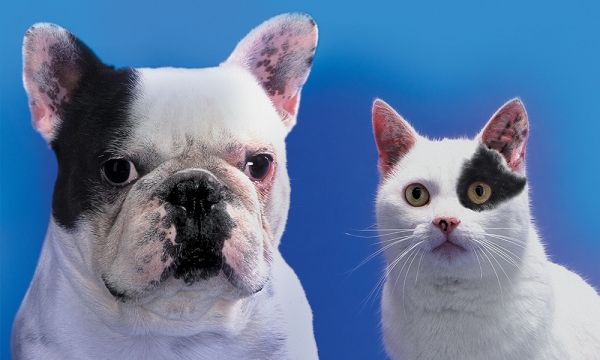Most evolutionary biologists distinguish one species from another based on reproductivity: members of different species either won’t or can’t mate with one another, or, if they do, the resulting offspring are often sterile, unviable, or suffer some other sort of reduced fitness.
For most of the 20th century, scientists believed that this reproductive incompatibility evolved gradually between species as a by-product of adapting to different ecological circumstances: if two species were geographically isolated, they would adapt differences based on their environment. New research conducted at the University of Rochester, in collaboration with the University of Nebraska, shows, however, that there are more factors at play—specifically the presence of selfish genes called meiotic drive elements, whose flow among species may dictate whether two species converge or diverge. In a new paper published in the journal eLife, the researchers show that sex chromosomes evolve to be genetically incompatible between species faster than the rest of the genetic chromosomes and reveal the factors at play in this incompatibility.
When two members of a species mate and exchange genetic material, this is known as gene flow. When two members of different species mate, however, gene flow is reduced. “Genes from one species simply can’t talk to genes from the other species,” says Daven Presgraves, a dean’s professor of biology at Rochester. Though the genes may work fine on their own genetic background, when they are moved into the genetic background of another species, they have negative effects. “All of the gene copies in you and me work in the human genome. But if we were to take a gene out of you and stick it in a macaw parrot, they haven’t seen this sequence before and it might not work together with the other genes. That would compromise some sort of function like fertility.”
Continue reading at University of Rochester.
Image via Getty Images.


